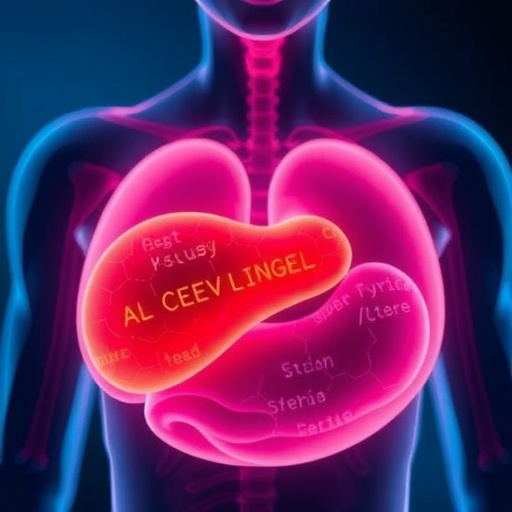Researchers from the University of Tsukuba find a mutualistic growth mechanism between a filamentous fungus and a bacterium that allows the bacterium to travel in exchange for thiamine

Credit: University of Tsukuba
Tsukuba, Japan – Tiny organisms head out on the highway, looking for adventure like they’ve ridden straight out of the 1960s rock hit, “Born to Be Wild.” Researchers from Japan have discovered that while perhaps not as thrill-seeking, bacteria do indeed travel on fungal highways and pay a toll in return.
In a study published this month in Life Science Alliance, researchers from the University of Tsukuba have revealed a mutual bacterial-fungal relationship that lets bacteria travel in exchange for thiamine.
Thiamine (vitamin B1) is essential to the health of almost all living organisms, and is synthesized by bacteria, plants, fungi and some protozoans. Free thiamine is scarce in the environment, and organisms appear to have developed numerous ways of obtaining it.
“Some species have developed mutually beneficial strategies that allow them to coexist,” says lead author of the study Professor Norio Takeshita. “But few strategies that satisfy the need for nutrients and physical niches have been documented. So, we examined the interaction of a fungus and a bacterium to investigate strategies that meet those needs.”
To do this, the researchers used transcriptomic analyses (i.e., examining all the RNA molecules of an organism), as well as genetic, molecular mass and imaging methods, including live imaging. Stable isotope labeling was used to investigate thiamine transfer from bacteria to the fungus.
“The bacteria cultured with the fungus traveled along fungal filaments using their flagella,” explains Professor Nozomu Obana, senior author. “They dispersed farther with the expansion of the fungal colony than they would have otherwise, suggesting that the fungal filaments supply space for bacteria to migrate, disperse and multiply.”
The fungus in this study is a type that can synthesize thiamine on its own, but used thiamine produced by the bacteria. Because these bacteria synthesize thiamine extracellularly, neighboring bacteria and fungi in nature could uptake it and use it, saving them the cost of synthesizing it themselves.
“We’re proposing a new mutualistic growth mechanism in bacterial-fungal interactions, in which the bacteria move along the fungal highway and pay thiamine as a toll to the growing fungal filaments,” says Professor Takeshita.
This research and future studies will contribute to an understanding of selective microbial communication, and live imaging could be used to screen for affinities between bacteria and fungi. Research in this area could be applied to a range of settings from fermentation, biomass degradation, and the promotion of plant growth, as well as plant and human pathogenesis.
###
The article, “Fungal mycelia and bacterial thiamine establish a mutualistic growth mechanism,” was published in Life Science Alliance at DOI:10.26508/lsa.202000878
Media Contact
Naoko Yamashina
[email protected]
Related Journal Article
http://dx.




